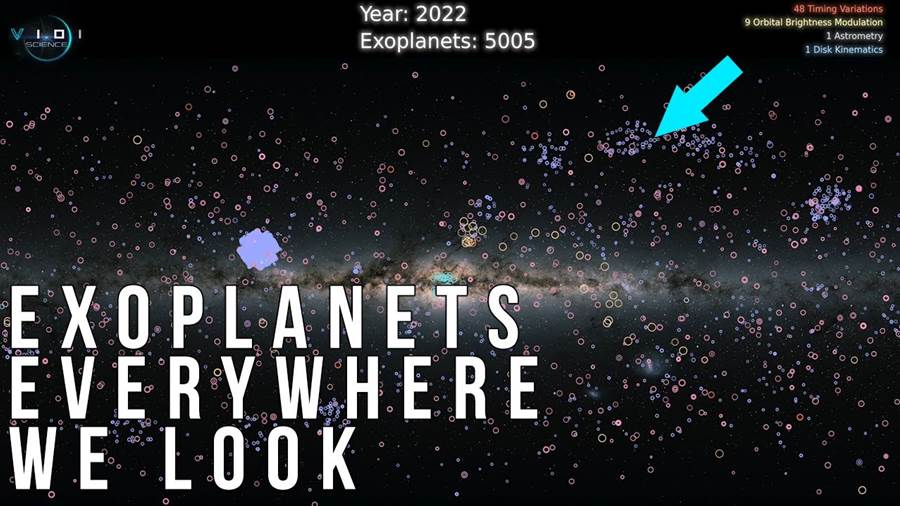
NASA has announced that over 5,000 exoplanets have been discovered, confirming the existence of these planets beyond our solar system. This significant milestone was achieved thanks to the Kepler Space Telescope, which has been instrumental in the search for exoplanets.
The Kepler Space Telescope was launched by NASA in 2009 with the primary mission of finding exoplanets, particularly those within the habitable zone of their host stars, where conditions could potentially support life. Over the years, it has continuously observed a portion of the sky, carefully monitoring the brightness of over 200,000 stars simultaneously.
Through its observations, the Kepler Space Telescope has identified various signs that indicate the presence of exoplanets. These include the slight dimming of a star's light as a planet passes in front of it, known as the transit method. This method has been highly effective in identifying numerous exoplanets, revealing their size, orbit, and even some of their atmospheric properties.
The discovery of over 5,000 exoplanets not only confirms the existence of planets beyond our solar system but also provides valuable insights into the prevalence and diversity of these celestial bodies. It suggests that planets are common throughout the universe and that many star systems could potentially harbor habitable worlds.
Moreover, the data collected by the Kepler Space Telescope has allowed scientists to estimate that there could be at least one planet orbiting every star in the galaxy. This staggering estimation opens up countless possibilities for the existence of extraterrestrial life.
In addition to confirming the existence of exoplanets, the Kepler Space Telescope has also discovered several intriguing planetary systems. These include the TRAPPIST-1 system, which was found to have seven Earth-sized planets, three of which reside within the habitable zone. This system has generated significant interest among scientists as it offers a tantalizing possibility of finding planets that could potentially support life.
While the Kepler Space Telescope's primary mission ended in 2018 due to technical difficulties, its achievements have laid crucial groundwork for future exoplanet research. NASA's Transiting Exoplanet Survey Satellite (TESS), launched in 2018, is now continuing the search for exoplanets using similar techniques, but with an even wider field of view.
In summary, NASA's announcement of over 5,000 confirmed exoplanets is a remarkable achievement made possible by the Kepler Space Telescope. The data collected has not only confirmed the existence of these planets but also provided crucial insights into their prevalence and diversity. With the search for exoplanets continuing through missions like TESS, the possibility of finding potentially habitable worlds and extraterrestrial life becomes increasingly exciting.








